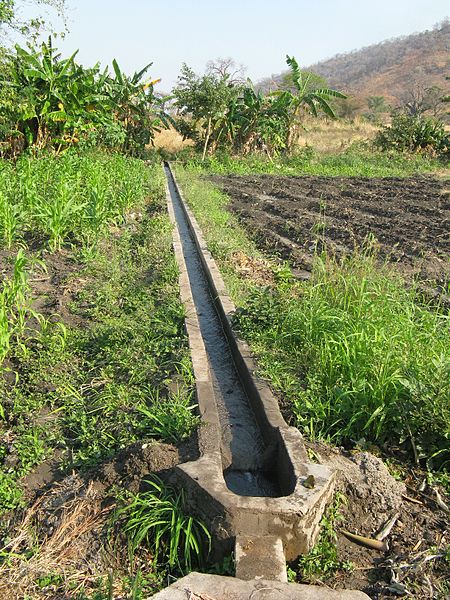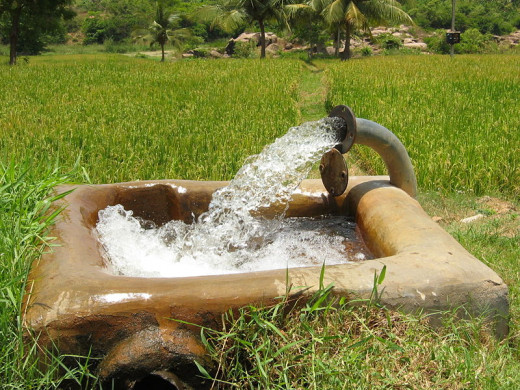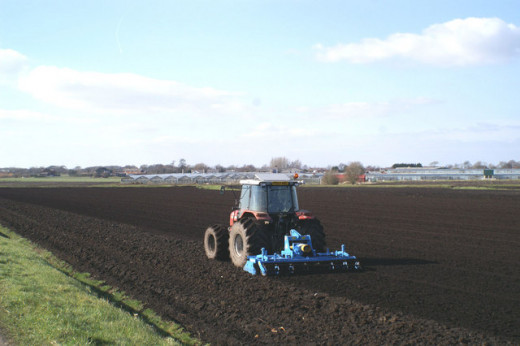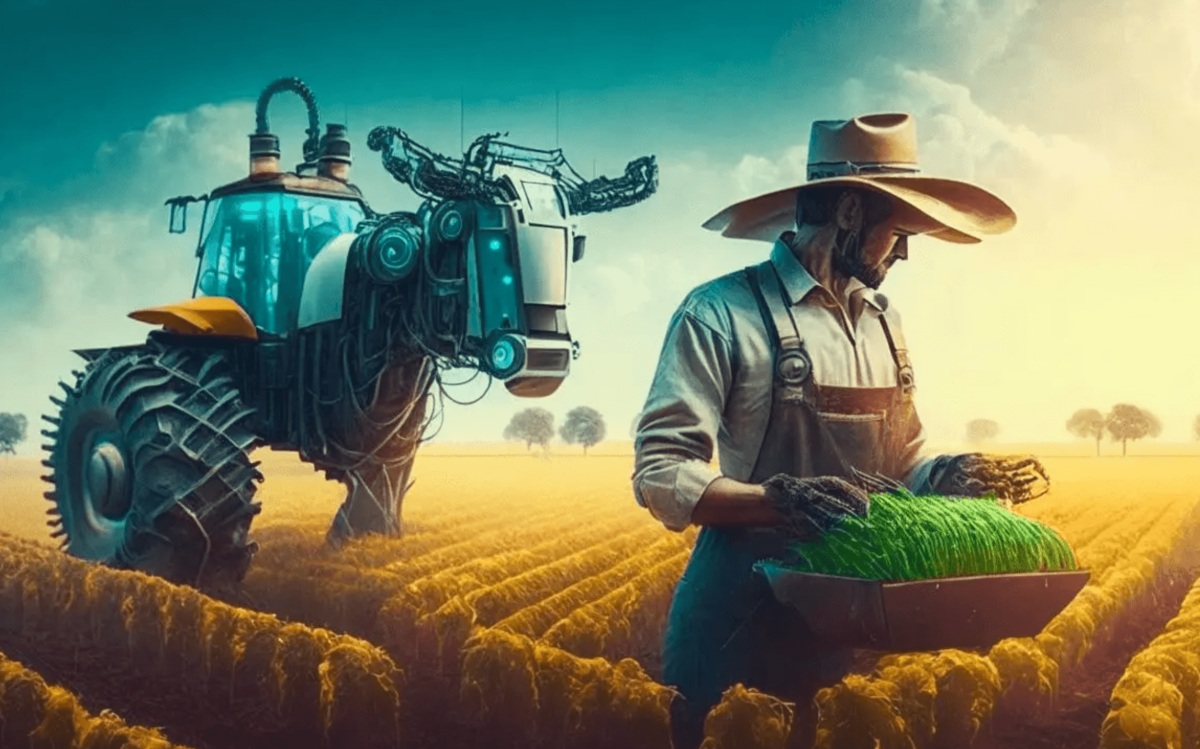Agriculture in India; Role, Trends and Major Challenges
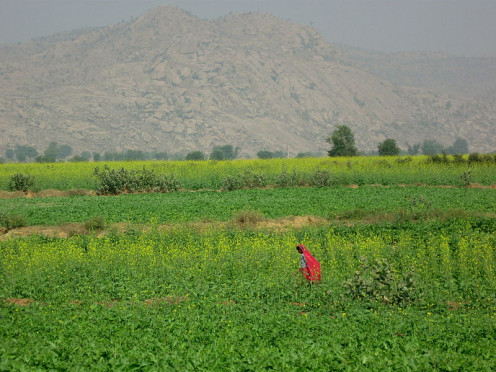
Introduction
India became an independent country in 1947. There were many challenges that are India faced at that time as an impact of long colonization. Basically India is one of the largest countries with high number of population. Further the country is still in the second stage of demographic transition theory. This indicates that, the population growth rate is higher. Still today India is passing through the second stage or developing stage. Any way as a poor country, agriculture is regarded as the main area of dependency. So, a huge portion of the manpower is engaged in the primary sector or agricultural sector. During 1950-51 about 78 percentages of the people were engaged in this sector. In short, India as a labor rich country agriculture is the most important and crucial sector for the growth and development. Here this hub is aimed to provide a brief explanation regarding the agricultural sector of India, agricultural trends in India, importance, conditions etc.
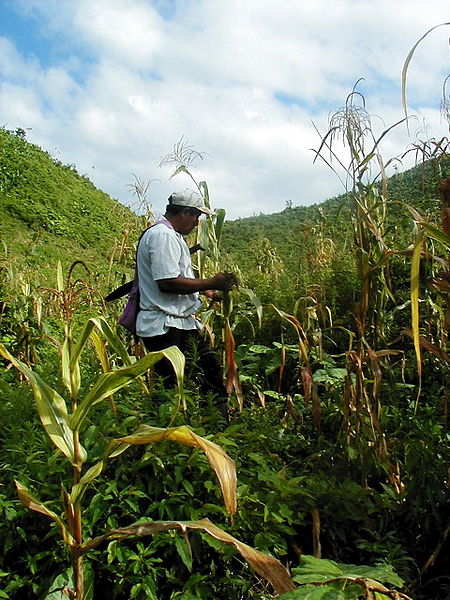
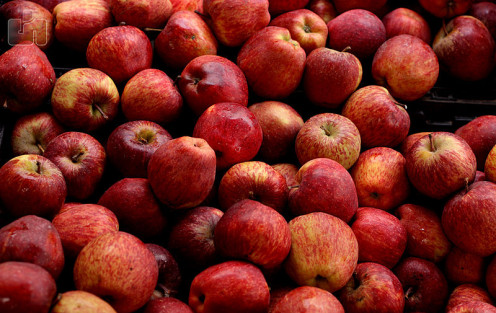
Role of Agricultural Sector
As a developing country, the agricultural sector plays an important role in the process of growth and development of India. Following points are the importance or role of agricultural sector in India.
1. Largest Employment Providing Sector
Basically, the entire economy can be classified in to three. That is primary or agricultural sector, secondary or manufacturing sector and tertiary or service sector. In the case of India, primary or agricultural sector is providing highest employment opportunities. At the time of independence about 80 percentages of the people were depended on agricultural sector. But this trend declined from time to time. There were 77.1 percentages of people depended agriculture in 1950-51. This declined to 73.9 percentages in 1973-74. And also a further reduction happened in 1990-91 to 66.9 percentages. In 2009-10 more than 52 percentages of the people were depended agriculture. In short, it is clear that, India witnessing big structural changes. Now, both manufacturing and service sectors providing more and more job opportunities compared to past years.
2. Contributor to National Income
National income is a vital tool to analyze the progress of any country. There are many concepts in national income. Here it is better to analyze Gross Domestic Product (GDP). During the early post independent era, agricultural production increased drastically especially because of the improvement in the rural infrastructure, land reforms etc. But later, India witnessed famine and huge reduction in agricultural production. At the same time the implementation of green revolution totally changed the Indian agricultural sector. This helped India to attain self sufficiency in food supply. But here also the contribution of agriculture to the GDP is declining. During 1950-51, agricultural sector contributed 57.7 percentages to GDP. Then it decline to 31.4 percentages in 1990-91, and to 20.8 percentages in 2004-05. Now, the declining trend is continuing. In 2008-09, the contribution is reduced in to 14.5 percentages to GDP or national income.
3. Source Food Supply
The fundamental challenge of any government is to empower the people. Here poverty is one of the alarming issues of any government. At the time of independence, India struggled with the problem of poverty and food crisis. Since the agriculture was based on traditional methods, it lacked its potentiality in producing maximum output. Any way later the country attained self sufficiency in food supply. Green revolution was the basic booster of agricultural sector. Now, India is exporting agricultural products. It is a fact that, few years back, India was a net importing country. Today, India producing huge amount of food items compared to other countries. Major food grains includes rice, wheat, coarse cereals, pulses, jute, sugar etc and non-food grains includes cotton, tea, rubber, coffee etc. further many other agricultural products are cultivating in India like fruits, milk etc.
4. Supporting the Industrial Sector
Industrial sector or manufacturing sector is a significant part of any economy. No country can attain growth and development without ensuring a better industrial sector. When analyzing the Indian industrial sector, it can be proved that, there exists a perfect bond between agricultural and industrial sectors. The agricultural sector supports the manufacturing sector by providing various inputs and raw materials. For instance, the cotton textile industry is purely based on agriculture. The influence of agricultural sector spread widely especially in the small scale industries. Further, the agricultural sector also demanding outputs produced by the manufacturing sector such as chemicals, tools, equipments etc. so, in simple words a good agricultural system is very necessary to build a better industrial sector in the country.
5. Ensuring Capital Formation in the Country
Capital formation is a vital factor to empower any country and their people. Employment generation is possible only through capital formation. Since savings and incomes are very essential factors for the capital formation, agricultural sector playing a vital role since, it’s providing highest level of employment opportunities. Which means income will generate. When income converted in to savings, it will ensure capital formation through the conversion of savings in to investment. So, agriculture helps the country for capital formation.
6. Role in Foreign Trade and Planning
Due to the effects of globalization, external sector becomes an essential one for any country. In the case of India, agriculture is the main contributor to export sector. After green revolution, the role of agriculture improved amazingly. So, it is a necessary factor in the planning process of the country.
The role of agricultural sector in India is flabbergast, which support the country to march from stages to stages of growth and development. As a developing and labor rich country, India cannot ignore the agriculture and its allied sectors.
Trends of Indian Agriculture
For the purpose of simplicity of understanding the Indian agriculture since independence, the entire period can be classified in to four different stages as listed below
- Stage 1, Post independent era (1950-51 to 1964-65)
- Stage 2, Green revolution era (1967-68 to 1979-80)
- Stage 3, Before economic reforms (1980-81 to 1990-91) and
- Stage 4, Post liberalization era (from 1990-91 onwards)
The first stage (1950-51 to 1964-65) is recorded a big push in the agricultural production. During this period the growth of agricultural production was 3.15 percentages. The core reason for the improvements were the developments in the irrigation facilities, transportation etc. Further India aimed to attain development through five year plan. The first five year plan (1951-56) was highly emphasized in the expansion of agricultural sector.
The second stage (1967-68 to 1979-80) recorded growth, but it was comparatively lower with the previous period. During this time India challenged two wars and many other external as well as internal instabilities. The growth rate declined to 2.19 percentages from 3.15 percentages of the previous stage. This period recorded lowest growth rate of Indian agriculture after independence.
The third stage (1980-81 to 1990-91) was one of the most important periods for Indian agriculture. During this period India enjoyed the benefits of green revolution. In fact the growth of agricultural sector increased steadily to 3.19 percentages. As an impact of these changes, India became a net exporting country.
The fourth stage (since 1990-91) also recorded little bit good growth rate. But compared to the just previous period, the growth rate was lower. Any way, it was a fact that, the new economic policy of India followed from 1991 altered the structure of the economy. Now, both manufacturing and service sectors are gaining domination over agricultural sector. Another trend of Indian agriculture is that, the growth of non-food production is always higher than the food grain items.



Major Challenges of Indian Agriculture
Even though the Indian agricultural sector improved much, it is still not free from challenges or problems. Some of the basic problems are briefly explained below.
1. Gambling of Monsoon
Gambling of monsoon means, Indian agriculture is highly depends on rain or monsoon season. Since most of the Indian land areas are lacking better irrigation facilities, rainwater is very essential factor. So, the output from the agriculture is highly depends on the rain. So it is like a gambling and highlights the poor irrigation facilities of India.
2 . Lack of Modern Agricultural Method
Majority of the Indian rural farmers are still depending on the traditional tools and equipments. This will surely badly affect the productivity and potentiality of the production. Further majority of the Indian farmers are not following a scientific way of cultivation. So, the adoption of modern form of cultivation is must to attract the people in to farming and other related activities.
3 . Poor Storage Facilities
A stronger infrastructure is very must to support the agriculture. Warehousing or storage facility is one among them. In the experiences of India, the country still challenges the absence of efficient storage facility. Warehousing is very important for the smoothing of the distribution of food items. In India, huge amount of food grains are losing due to poor warehousing facilities.
4 . Fund Problems or Indebtedness
The availability of fund to the agricultural sector is more risky one in India. Farmers are suffering problems of indebtedness. There are many unauthorized credit suppliers and they imposing huge amount of interest rates. This problem is one which increased farmers’ suicide in the country. Now the government of India is playing a very crucial role with RBI. Now, the amount for priority lending is increased drastically for empowering the society.
5 . Lack of Better Marketing Facilities
Another challenge of Indian agriculture is related to the marketing facilities. The farmers can enjoy benefits, only when their products get higher prices. But, profit is completely penetrating by the middlemen. Here the farmers are exploiting mainly because of the poor marketing facilities and difficult marketing access to rural areas. Further the flexibility in the agricultural products creating trouble. Practicing of black marketing, holding etc are widening the inequality between poor farmers and rich people.
Generally, Indian agriculture developed a lot after independence. At that same time, the structure of agriculture changed widely. Now, there is a declining trend among people to engage in agricultural sector. Even then it is one of the most important part of planning and development of the country.

